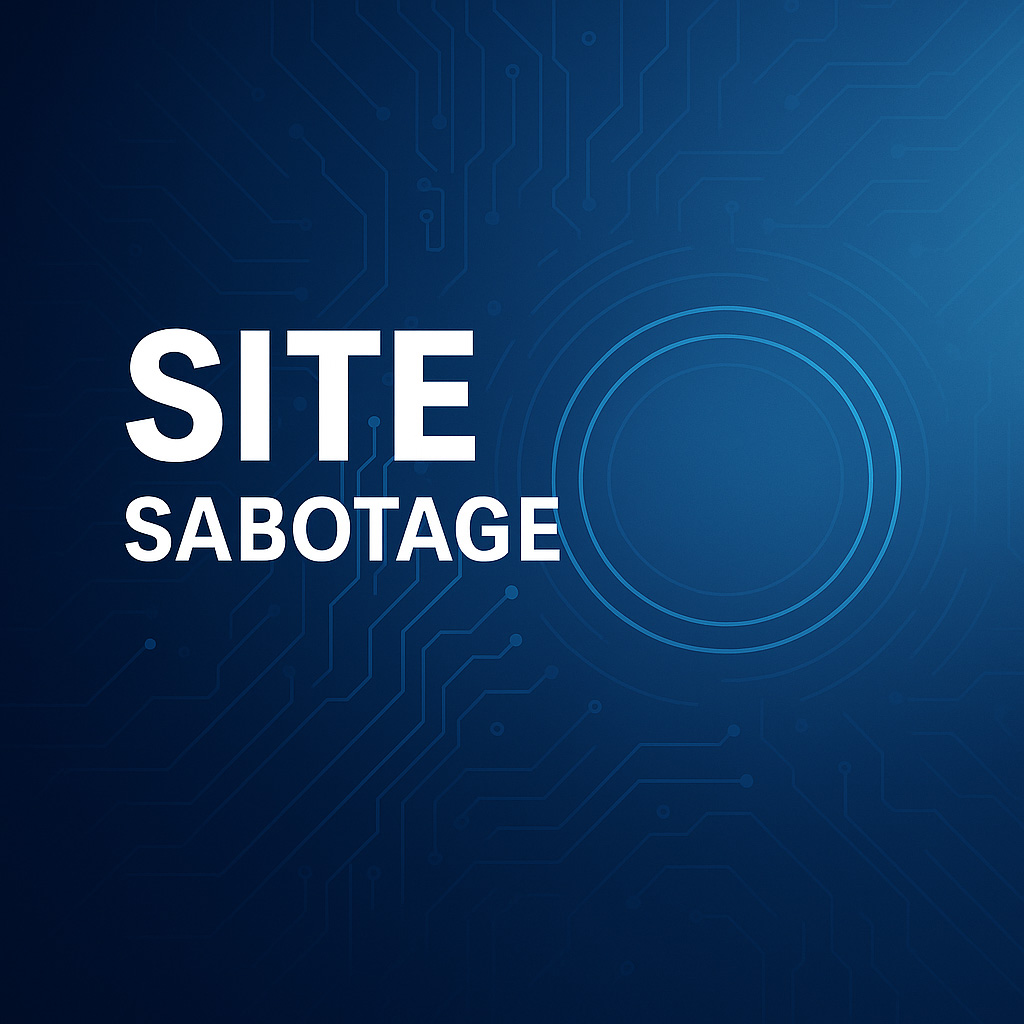Imagine running the same ad budget, same sales team, but watching weekly revenue trend down anyway.

Your first instinct is to blame the economy. The real culprit often hides in plain sight on your own domain. Since January the ground under digital marketing has shifted faster than it did in the previous three years combined.
Search engines now answer queries with their own AI, regulators patrol every cookie, and users demand speed that rivals native apps. Below are the four biggest shifts draining profit from business websites right now, plus the ripple effects few owners see coming. Treat them as a threat briefing. The longer they remain unchecked, the wider the sinkhole grows.
Search visibility without clicks
Google’s AI Overviews and Discover summaries give users the gist without visiting your page. Publishers report double‑digit traffic losses and are filing competition complaints in Brussels. Tom’s GuideReuters News outlets confirm that zero‑click searches accelerated in early July, slicing up to twenty percent of visits for some verticals. New York Post Think about that. You invest in SEO, you finally win the keyword, and Google’s robot steals the first conversation your brand should have had. The result is less top‑of‑funnel awareness, fewer retargeting pools, and a colder pixel audience for paid ads.
Compliance fines reach Main Street
Accessibility litigation grew seven percent last year and shows no sign of slowing. AudioEye California just issued a record 1.55‑million‑dollar CCPA fine over a faulty cookie banner. nhada.com Europe follows a similar path with GDPR penalties and new rules under the Digital Services Act. Even if you only sell inside the United States, any European visitor can trigger jurisdiction. Most banners are copy‑pasted plugins installed in 2022. They now violate the “Reject All equally prominent” rule, and the audit logs can prove it. Every visit becomes potential evidence in the next settlement. The cost is not only the fine, it is the six‑figure legal distraction, the PR fallout, and the mandatory engineering scramble that pauses real growth work.
The performance penalty you never planned for
Google’s shift to the Interaction to Next Paint metric means your site can look fast in lab tests yet feel clunky in the wild. Google for Developers Even high‑profile agencies miss the mark. NP Digital’s own site fails Core Web Vitals, proving how easy it is to fall behind. smithdigital.io When INP is in the red, mobile users perceive your brand as outdated or unreliable and they bounce. It also drives up ad costs. Google Ads quality score punishes slow sites, raising your cost per click. You pay more to acquire visitors who leave sooner. That is the definition of a sinkhole.
Design tricks flip into legal traps
Regulators on both sides of the Atlantic are outlawing dark patterns such as pre‑ticked boxes, deceptive countdown timers, and infinite pop‑ups that guilt customers into buying. Epthinktank These tactics once boosted short‑term conversion rates. Now they trigger forced refunds, mandatory design changes, and public trust erosion. A single viral social post calling out shady UX can wipe out years of brand equity overnight.
Add these shifts together and you get a silent revenue sinkhole. The site still functions, ads still run, but the net effect is a smaller, more expensive pipeline. Your customer acquisition cost rises, lifetime value falls, and department heads fight over which budget to cut next. Most owners discover the damage only after a quarter of missed targets. By then the opportunity cost exceeds the immediate fixes and you enter defensive mode instead of growth mode.
What happens next: July always brings a mid‑year algorithm tweak. Google’s last three July updates landed on the 2nd, the 8th, and the 14th. Each time sites that ignored Core Web Vitals or compliance rules watched rankings tumble within forty‑eight hours. Expect the 2025 pattern to repeat any day now.
There is good news. Each of these problems is measurable and reversible once you know where to look. Our Website Revenue Scorecard exposes the exact dollar figure you lose to each issue and ranks fixes by impact. We handle the analysis, you keep the insights. If you qualify, the audit is free. We limit Scorecards to five companies per month so we can deliver real human research, not automated reports. Click here to request your slot before the next Google rollout or legal deadline takes another bite out of your margin.

No Comments yet!